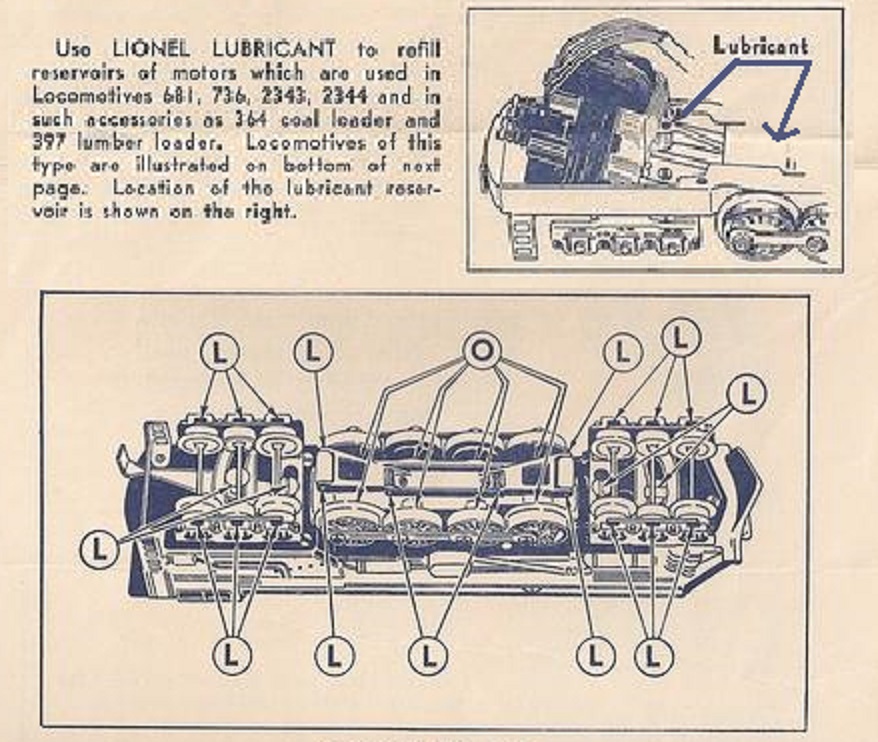I picked up the 6-8100 plus some matching passenger cars awhile ago last year. When I put it on the track however, it seemed that I was only getting static from the speaker (in retrospect I think this may have been a very early version of a steam sound). I spoke to the seller who assured me it worked when he sent it to me, and suggested I open up the tender to check for issues. Electrical items are not my forte but I thought I'd take a look under the hood and see if i could find anything. Nothing appeared broken, though I did fiddle with at least one piece that looked like it had bent. The board and metal weight bar apparently came loose during shipping, such that if you turned the tender over there was an audible "clack" from the board bumping the tender side. Put it all back together and put it all back on the track. This time the MSOS whistle worked. However the whistle now won't turn off, even if I turn off power to the track and turn it back on.
I was thinking of trying to upgrade with ERR but I realize I have a small piece of Lionel history in my hands, and that I'm probably happier buying a Legacy J-class instead of ERR upgrades. That being said, I'd like to fix the sound board on this thing but don't know the first thing about how or if it's possible.
Secondly, the motor in the engine makes a loud grinding noise during operation. I'm using a GW-180 power supply. Does it naturally have a loud grind noise, or is this the result of incorrect operation or needing maintenance.
Thanks in advance for your consideration ![]()






